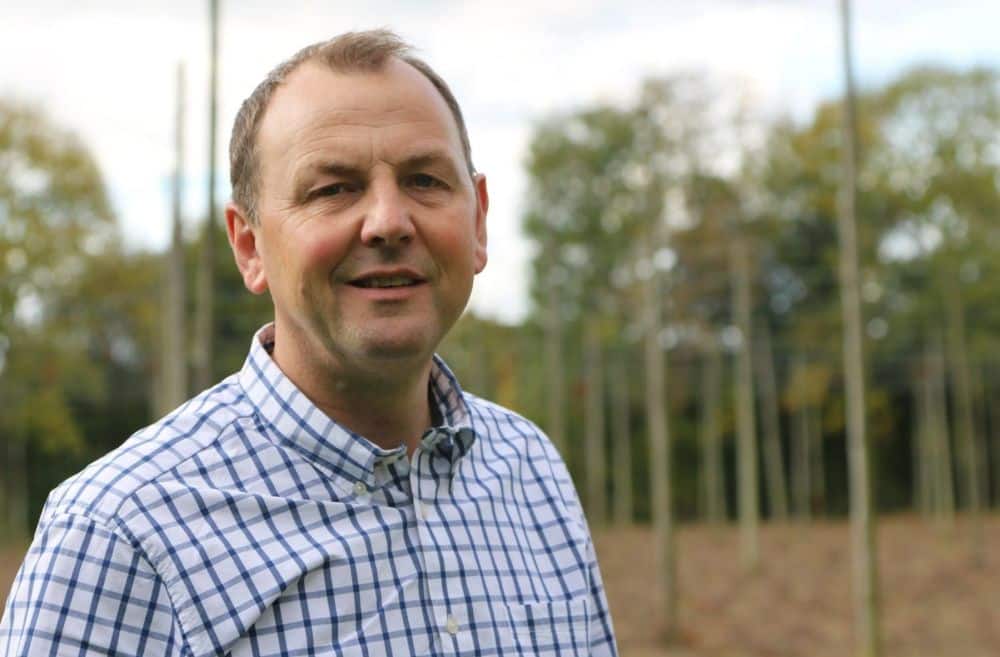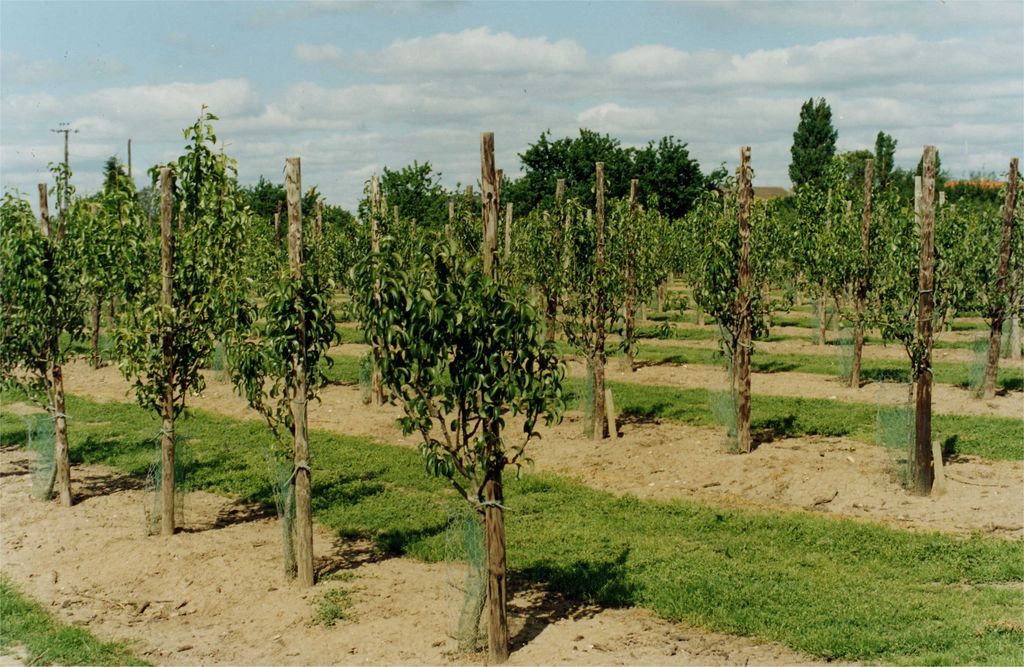Sustainable future – South East Farmer
Long-term support for the fruit industry and a sustainable future for growers is at the heart of leading UK agronomist Hutchinsons' corporate vision ...
The far-sighted company, still a family firm despite having 240 agronomists working with farmers and growers across more than a million hectares of land from Scotland to Cornwall, is playing a leading role in no fewer than four government-backed Innovate UK projects aimed at boosting efficiencies and thus profits in the industry.
“The thing about Innovate UK is that once you get a reputation for leadership in the industry and you learn to navigate the system, you find yourself getting involved in more and more projects,” explained innovation agronomist Rob Saunders.
“Hutchinsons has been playing a leading role in a number of research areas not because we can see them leading to a profit for the business within the next couple of years but because we think they will make the industry more efficient and the sector more vibrant.”
The first scheme, which has now been signed off and has delivered vital information to growers around the end-of-life treatment of old fruit trees, was entitled Taking apple production to net zero and investigated the benefits of producing biochar.
“The usual way of dealing with trees at the end of their life is simply to grub them up and burn them, releasing all the stored carbon dioxide into the atmosphere,” Rob explained.
The alternative, using pyrolysis to heat the wood in the absence of oxygen, creates biochar, an effective soil conditioner that also locks up carbon dioxide for the long term.
“Our research proved that turning old trees into biochar cut the costs associated with grubbing up old orchards, could earn the grower carbon credits for storing carbon, produced two useful by products and created a highly efficient soil conditioner that can be used to boost future soil health,” said Rob.
“The by-products, heat and carbon dioxide, can be put to good use in neighbouring facilities. Greenhouse complexes such as Thanet Earth have already shown an interest in having commercial biochar production situated on a nearby site.”
With that project now completed and the research published, Hutchinsons is taking a leading role in two more, the first of which is looking at the electrophysiology of plants.
“We have known for a long while that electrical impulses course through plants the whole time, but it is only recently, thanks to artificial intelligence and machine learning, that we have been able to interpret them.
“The project we are working on will allow us to use sensors to monitor stress, moisture and nutrient imbalances and pest and disease threats through what the plants are telling us themselves, rather than by our trying to interpret the signals ourselves.
“It’s interesting to note that there are dozen of ways in which we can measure the level of moisture in the soil. The reason for that is that none of them is perfect. In future we will be able to ask the plant instead of making an educated guess and using imperfect technology.”
Hutchinsons is working with Swiss company Vivent to work out the optimum use of the sensors. “We are looking at details such as how many we need and where they should be placed,” said Rob. In the longer term, the information relayed by the sensors will be made available to growers through the company’s Omnia mapping system.
The other Innovate UK project now underway is a major piece of work that is scheduled to take four years to complete and will allow growers to create more uniform orchards with even pollination and correctly sized fruit and will also allow them to estimate harvest size more accurately.
“At the moment growers have to predict the size of their crop. Most underestimate to avoid being caught out, which means the supermarkets then order from abroad in order to make up the balance. When the grower then finds they have more apples than they predicted, they struggle to find a market for them,” Rob explained.
The technology focused future for growers envisaged by the current research will use a combination of sensor towers permanently attached to tractors and relaying a range of GPS, LIDAR and NDV data back to a universal robot control unit (URCU), drones and autonomous vehicles monitoring orchards at night to detect diseases and pests.
This wealth of data will be used to programme a variable rate sprayer to help the grower reduce input costs while maximising the quality, quantity and predictability of the crop. The Hutchinsons-led research has been given the acronym POME, which stands Precision Orchard Management for the Environment.
“The only way the industry can be sustained is by developing these technologies,” said Rob. “When I think some of it sounds far-fetched, I remind myself that there are at least half a dozen teams in other parts of the world working on the same approach – so it has to be the way forward.”

